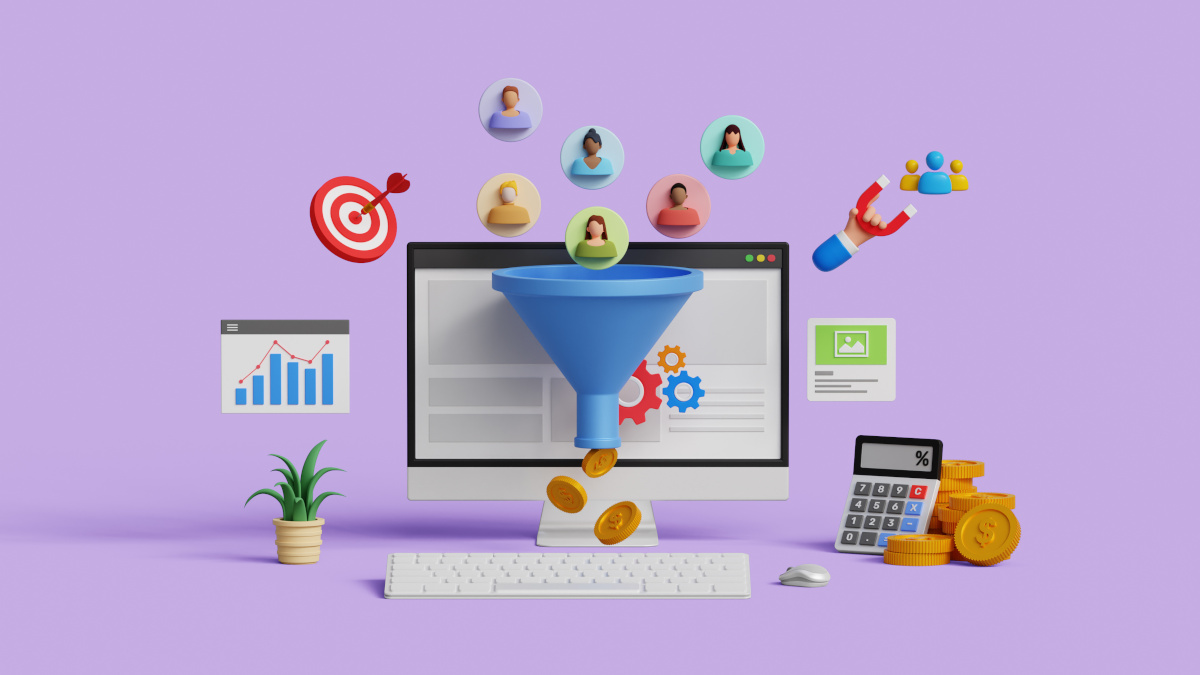
How to measure the impact of your pop-ups on email conversion?
Do your pop-ups really convert your visitors into subscribers, or are they ignored, even perceived as intrusive? Pop-ups are powerful tools for capturing emails, but their effectiveness depends on several factors: timing, design, message, and relevance. Without a precise analysis of their impact, you risk optimizing blindly and missing valuable opportunities. What indicators should you track to measure their performance and improve your conversions? Discover in this article the essential KPIs and best strategies to maximize the effectiveness of your pop-ups.
The essential KPIs for measuring the effectiveness of pop-ups
The effectiveness of a pop-up is not limited to the number of times it is displayed. To understand its real impact on email conversion, it is essential to analyze several key performance indicators (KPIs). This data helps identify areas for improvement and optimize lead capture strategies.

1. The pop-up display rate
The display rate measures how often a pop-up appears on a page relative to the total number of visitors. A rate that is too low may indicate:
- A technical issue preventing the pop-up from displaying.
- A poor trigger configuration (e.g., delayed display or overly strict condition).
- Too narrow targeting.
It is recommended to use Google Tag Manager or a tool like Poosh to precisely track this indicator and adjust the visibility of the pop-up based on the results.
2. The pop-up conversion rate
The conversion rate is one of the most critical KPIs. It is calculated as follows:
(Number of emails collected / Number of displays) x 100.
On average, a good conversion rate lies between 3% and 10%, depending on the industry and the quality of the pop-up. Factors influencing this KPI include:
- The design and clarity of the message.
- The perceived value of the offer (e.g., an attractive lead magnet).
- The timing of the pop-up’s appearance.
A A/B test between different versions can help identify the best approach to improve this rate.
3. The bounce rate after display
An overly aggressive or poorly designed pop-up may prompt the user to leave the page immediately, thus increasing the bounce rate. Google considers this KPI a negative signal, which can impact your SEO. To avoid this:
- Ensure that the pop-up does not block navigation.
- Provide an easy and intuitive closure.
- Test less intrusive formats like slide-ins or floating bars.
By monitoring these indicators, you can adjust your pop-ups to maximize conversions without harming the user experience.
Tools and strategies to optimize your pop-ups and improve conversion
Measuring the impact of pop-ups is essential, but to maximize their effectiveness, it is equally important to use the right tools and optimization strategies. An approach based on analysis and continuous improvement yields concrete results in terms of conversions.

4. Use appropriate analytics tools
Accurate tracking of pop-up performance relies on specialized tools:
- Google Analytics: tracking events related to pop-ups (display rate, interaction rate, and conversion rate).
- Heatmaps (Hotjar, Crazy Egg): analyzing visitor behaviors and their engagement with pop-ups.
- Poosh: an all-in-one solution for managing, testing, and improving pop-ups in real-time.
These tools help identify bottlenecks and make strategic adjustments to enhance visitor engagement.
5. Implement A/B tests to improve conversion
A/B tests are an essential method for optimizing the impact of pop-ups. They allow you to compare different versions by varying:
- The text and calls to action (CTA).
- The design and colors.
- The timing of appearance.
For example, testing a pop-up with and without an incentive (e.g., 10% off on registration) can reveal a significant optimization lever.
6. Adapt pop-ups based on user behavior
Pop-ups should be relevant and personalized according to the user’s journey. Some effective strategies include:
- Target new visitors with a welcome offer.
- Offer an upsell to existing customers based on their purchase history.
- Trigger an exit-intent pop-up to recover visitors about to leave.
This segmentation can increase the conversion rate by 20 to 40% on average according to marketing studies.
Measuring and optimizing your pop-ups is essential for maximizing email conversion. By combining the right KPIs, tools, and strategies, you enhance your performance without harming the user experience. Adopt Poosh for more effective and engaging pop-ups!